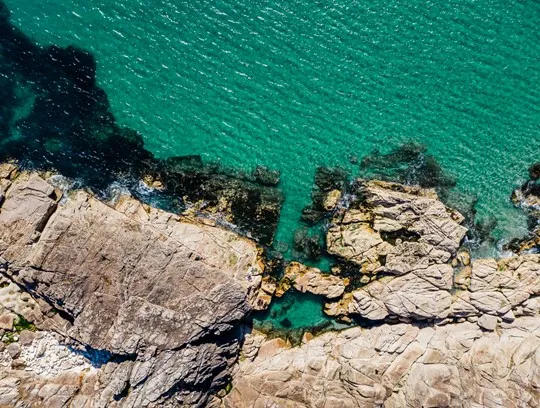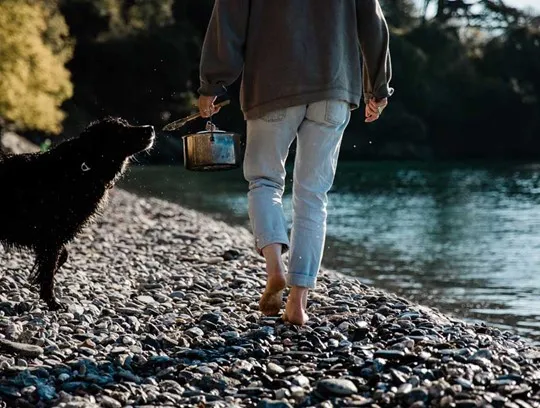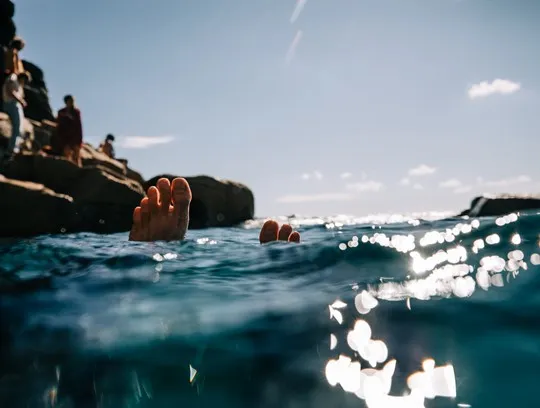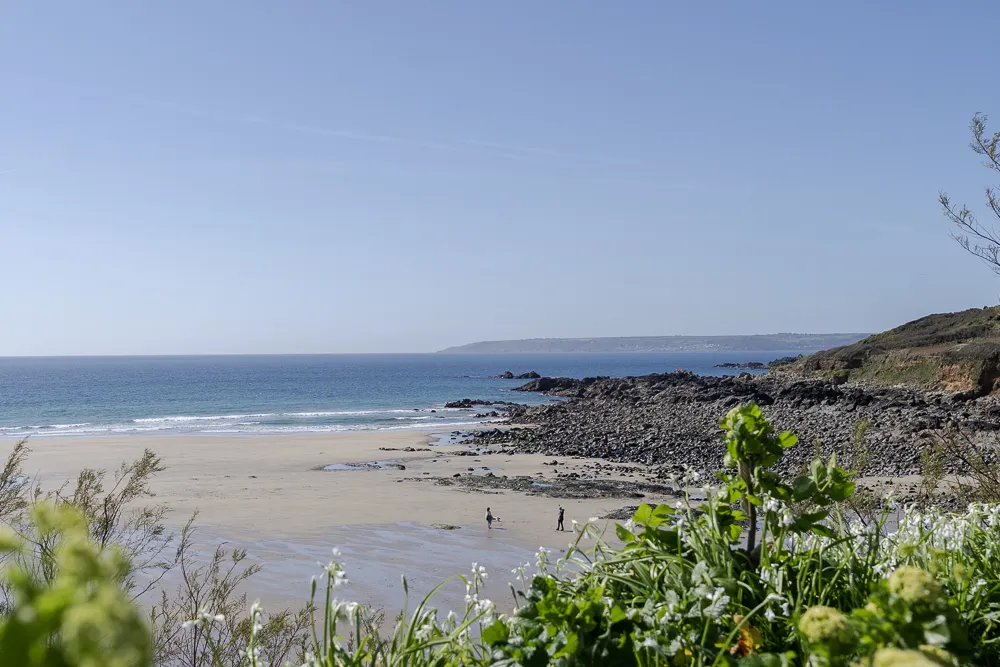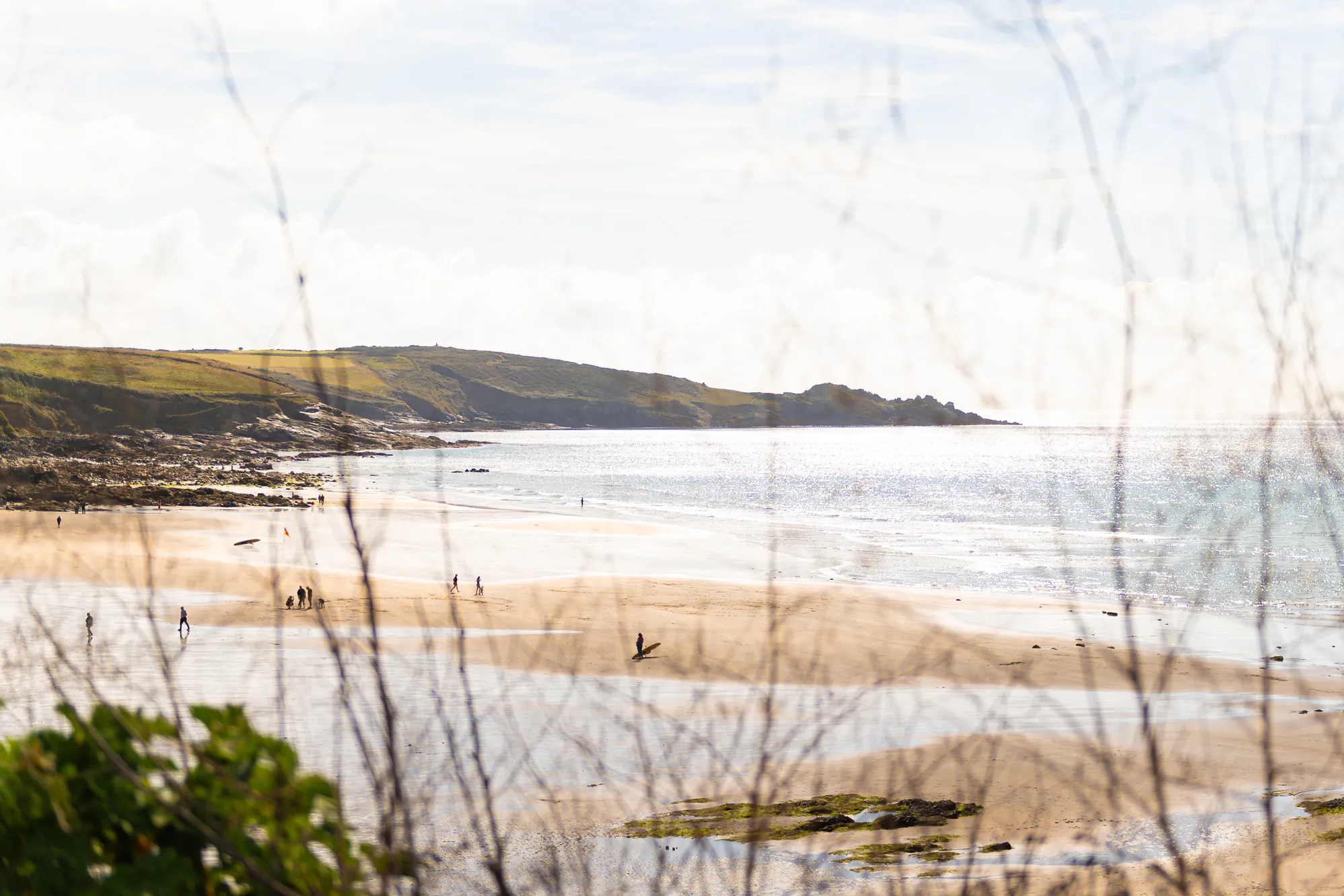Home / Rockrapture
Rockrapture
4th November 2024
This #SecretSeason, we’re sharing some of the mesmerising beach phenomena that can be found on our shores. The fascinating draw of rock pools and the excitement of new discoveries hiding in the seaweed and under rocks; it’s what we call rockrapture. Discover this beach phenomenon and where to find it…
There’s something eternally fascinating about the ocean – an underwater realm that holds close its many secrets, even as humans explore the farthest reaches of space.
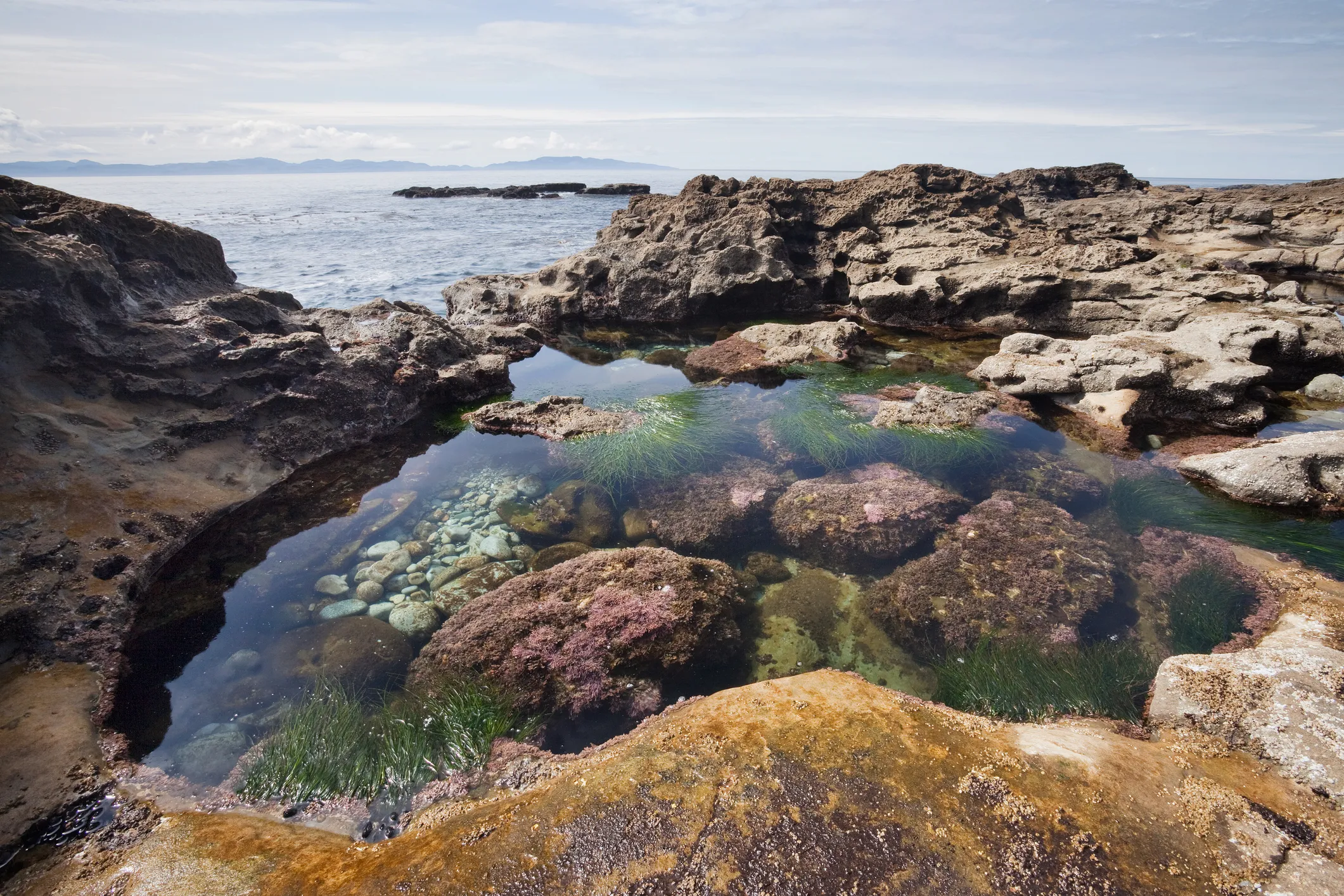
Your passing encounters with the marine world during beach days, taking the plunge into the oncoming surf or splashing through the shallows, scratches the surface of the hidden underwater universe. But in the tranquil corners of the coastline, where the tide reveals rock-pools, is where marine and terrestrial worlds intertwine.
“I love the fact that when I’m rock-pooling – even though I’ve been doing it all my life – I’m still finding things I’ve never seen before.”
Have you ever felt the irresistible urge to explore these small, teeming worlds? And when you give into that pull, the feeling that comes when a never-before-seen crab scuttles from beneath a rock? We call this rockrapture: the deep-rooted need to search through rock pools, driven by the thrill of discovering new sea creatures. And as autumn rolls in, with quieter beaches and calmer tides, it’s the perfect time of year to indulge this beach phenomena.
The pull of rockrapture
“I love the fact that when I’m rock-pooling – even though I’ve been doing it all my life – I’m still finding things I’ve never seen before,” says Matt Slater from Cornwall Wildlife Trust. “It isn’t ever boring because you never know what’s going to be under the next rock.”

Asterina phylactica. Image credit: Matt Slater
“In the autumn you’ll find Cornish sucker fish, pipe fish and shannies… Last week I found a little baby lumpfish.”
Whether it’s rooted in our human instinct to be curious or a nod to our hunter-gatherer past, the sense of wonder that comes from spotting a sea creature you’ve never seen before is undeniably magical. “Most people don’t get to go underwater, and when the tide goes out, it’s lifting the curtain on a different world,” smiles Matt. “Sea creatures are very alien and really capture the imagination,” he adds.
The secret wonders of autumn rock-pooling
Beneath the surface, a wealth of marine life waits to be discovered, even by amateur marine biologists. “Spring is fantastic for appreciating the beauty of seaweeds… whereas in autumn you’ve got lots more animals like crabs and fish,” reveals Matt.
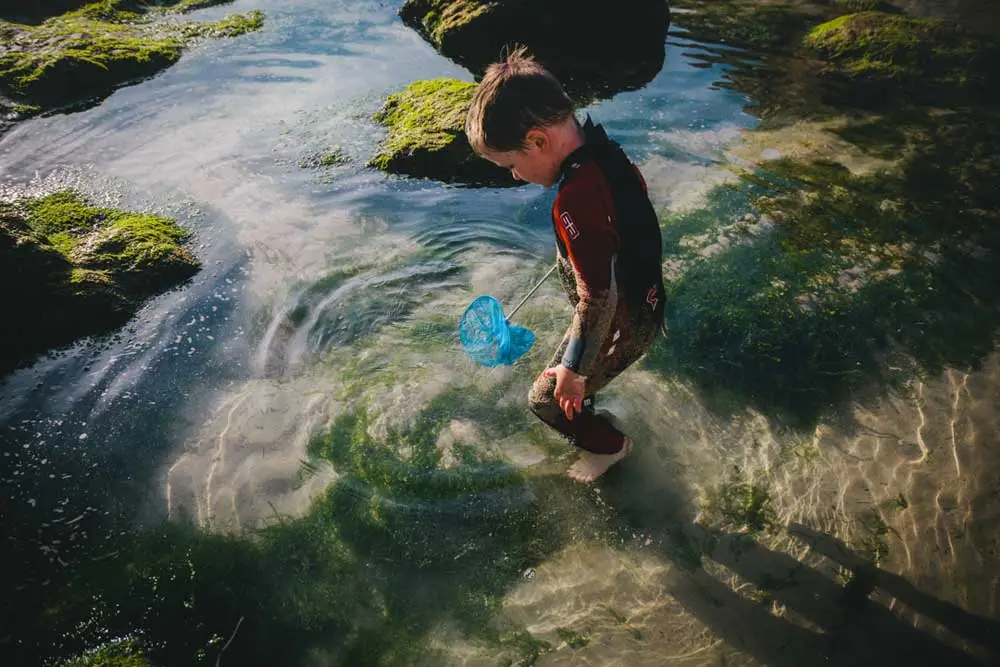
The best places to look are under small rocks and tangled seaweed close to the shoreline. “You’d be amazed at how many fish you’ll find under rocks even when they’re not in a pool,” Matt explains.
“In the autumn you’ll find Cornish sucker fish, pipe fish and shannies… Last week I found a little baby lumpfish, which is a funny little kind of box-shaped fish which you don’t see a lot of.”
Cornwall: a rock-pooler’s paradise
“We’ve got a really beautiful coastline with lots of sheltered bays and areas with really good geography and geology for rock-pooling in Cornwall,” says Matt. Combine this with the UK’s huge tidal range and it makes Cornwall one of the best places in the world for marine discovery. “Rock-pooling when the tide is out during a spring tide gives you access to areas of the coastline which would normally be the seabed.” These are the prime times for rockrapture with conditions just right for discovering interesting sea creatures.
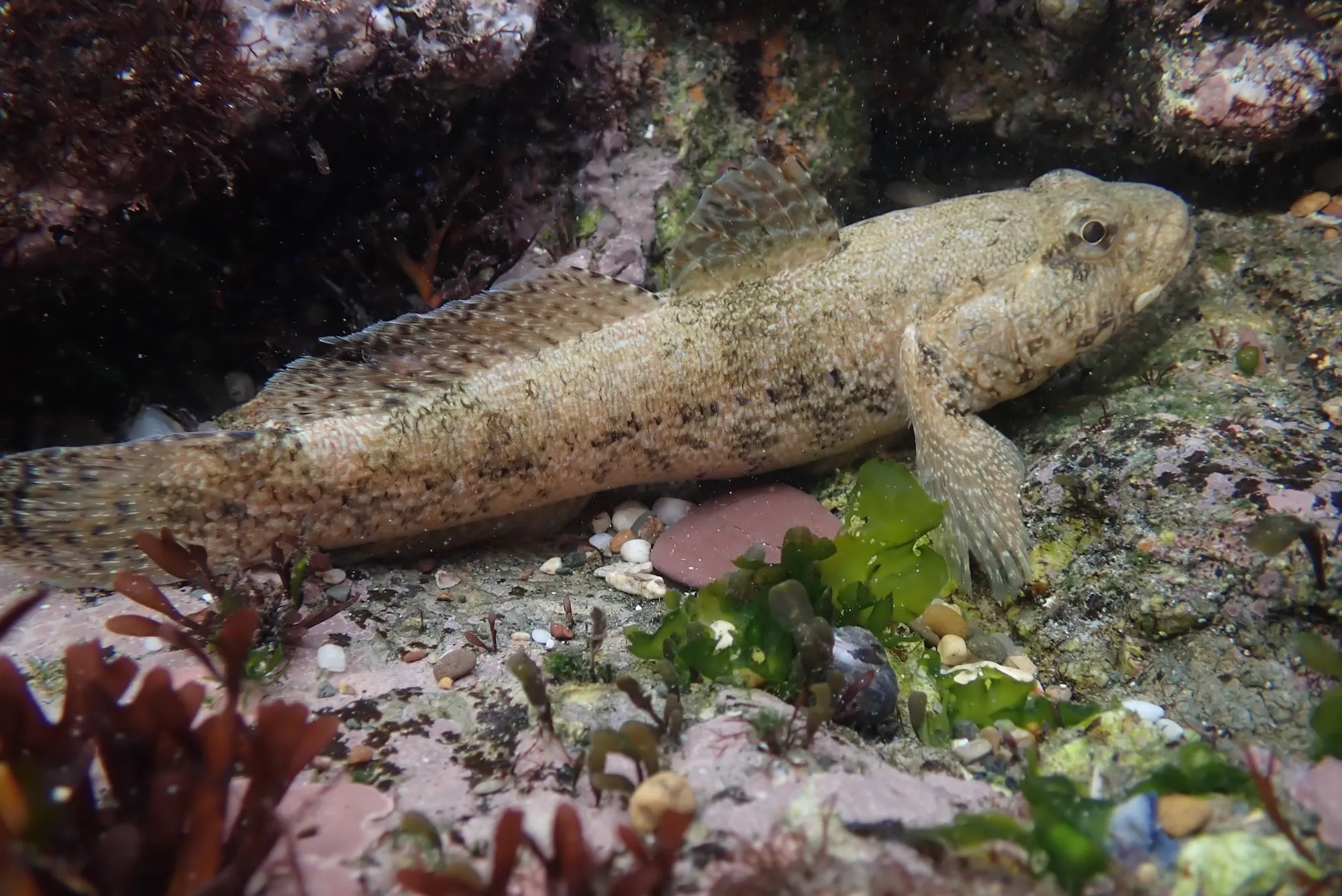
Giant goby. Image credit: Matt Slater
Secret discoveries by day and by night
These prime rock-pooling spots can be found all along the Cornish peninsula. In Newquay, rocky ledges shelter pools from the surf at Towan and South Fistral, Gorran Haven, on the south east coast, is home to a collection of rock pools, and if you head south west to Falmouth explore sweeping rocky reefs exposed at low tide.
Visit these rock pools in the dark, such as on a night safari with The Rock Pool Project, and you can open-up a new, technicolour view of these diverse habitats.
“If you shine a UV light on certain [sea creatures], they glow and it can give you some quite interesting effects,” explains Matt. Sea anemones, some corals, and even prawns fluoresce under UV, lighting up the pools in ways you don’t see by day.
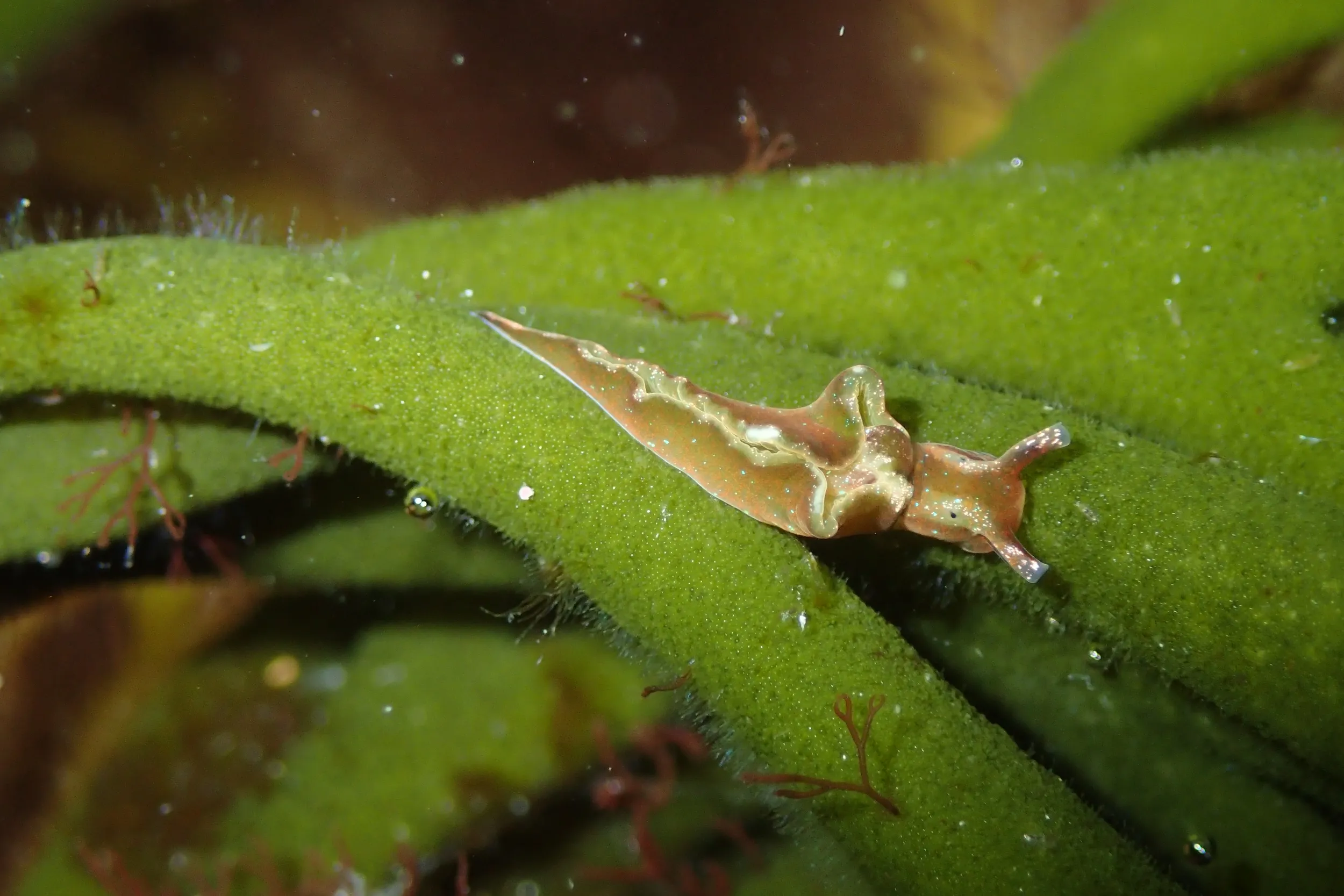
Elysia viridis, solar-powered sea slug. Image credit: Matt Slater
Night rock-pooling also reveals species that are more active after dark. “Things like crabs and other crustaceans are more active [at night],” explains Matt.
Whether you’re drawn to the sea by day or find its mysteries more intriguing after dark, autumn is the perfect time to see what treasures the tide leaves behind
For more information on rock-pooling and how to do it safely, visit Cornwall Wildlife Trust. Discover more tips on how to get rock-pool ready.
Stay metres from the underwater world for moments of rockrapture this #SecretSeason…
